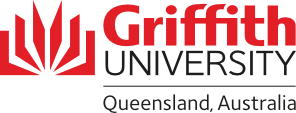Cost of Living Website
The Cost of Living website was updated to address the complexity of financial pressures that are impacting Griffith University students. The aim of the project was to make it easier for students to access information and support that will help address their financial issues. The website incorporates services from… Read More

